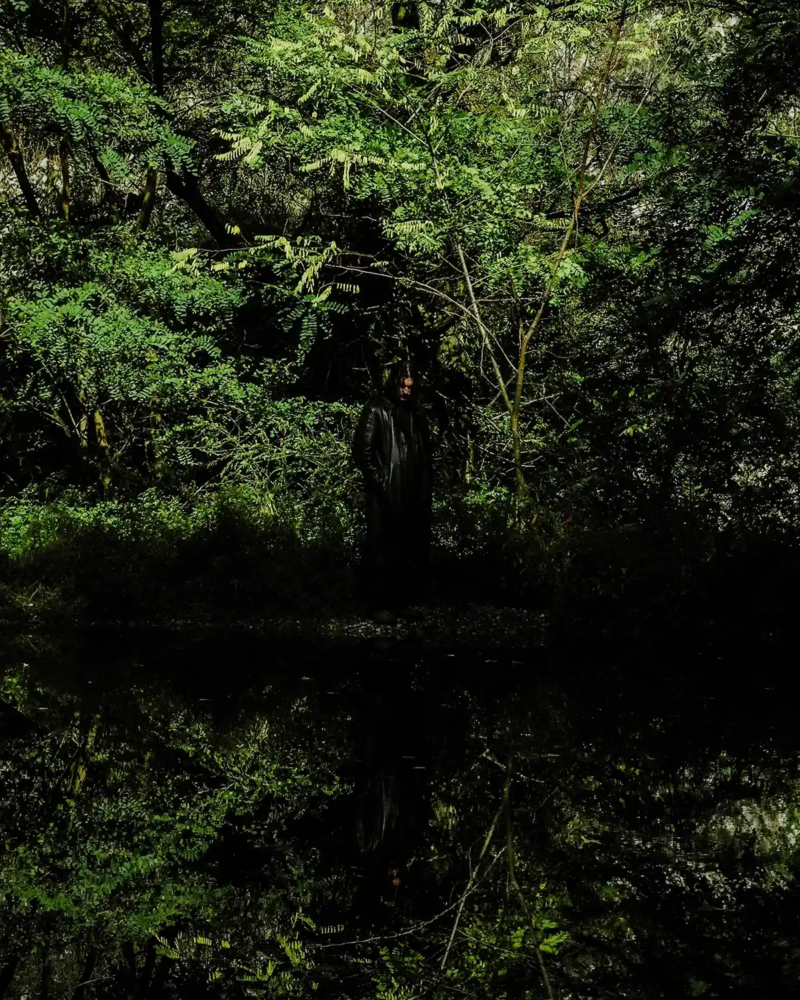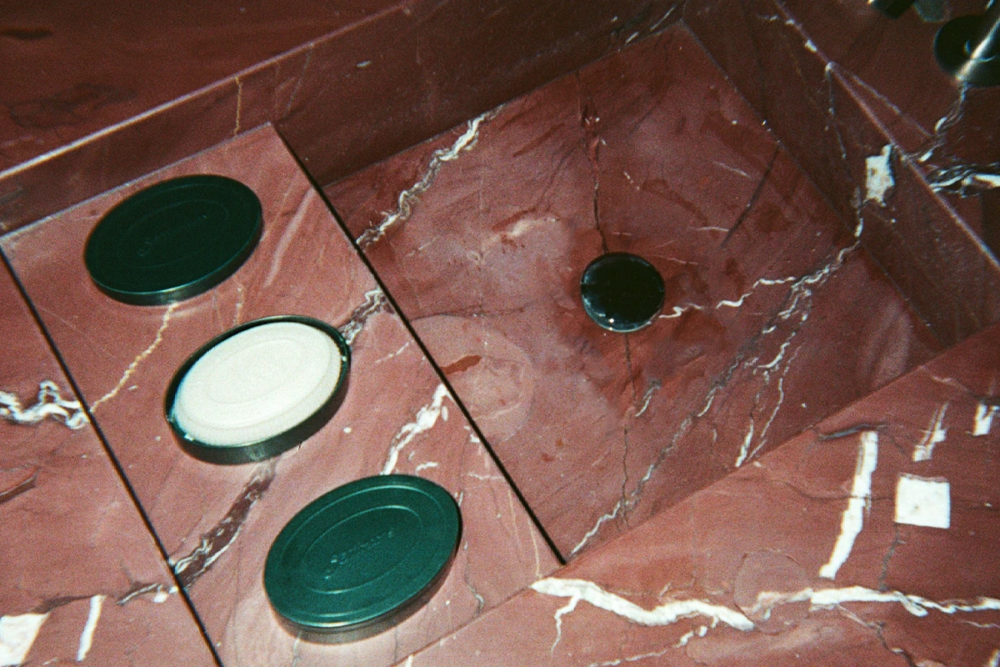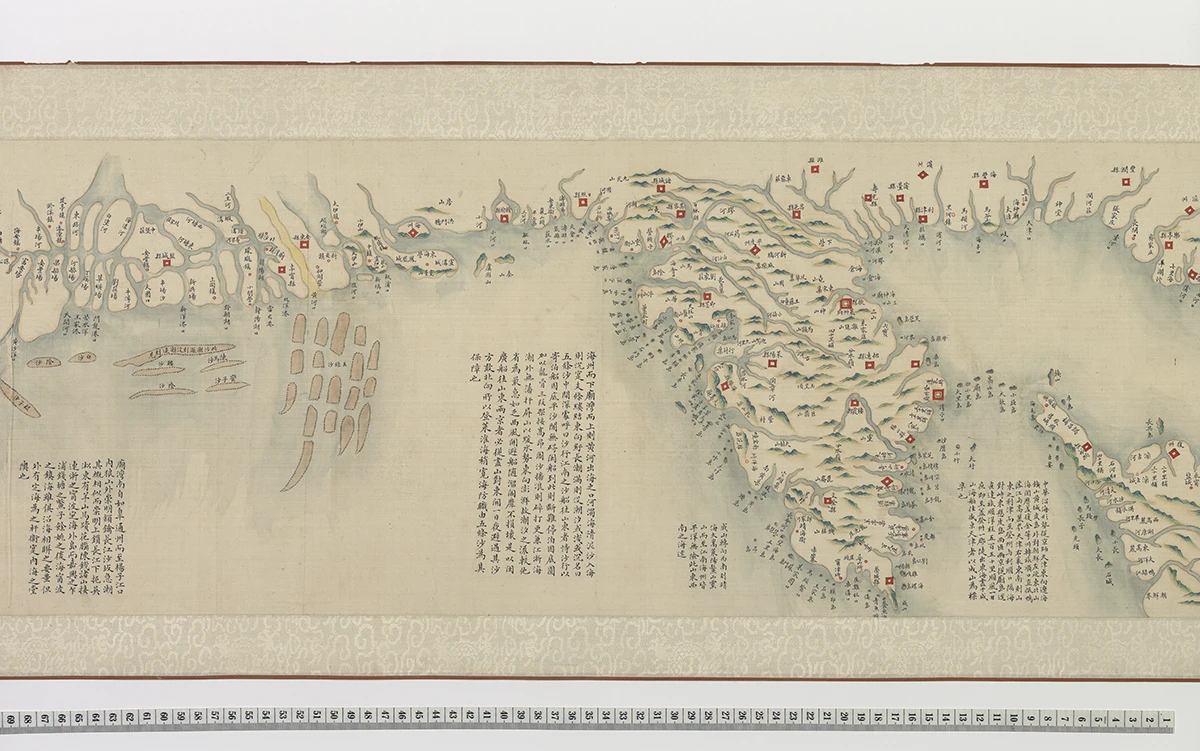
En Route magazine and the story of Cesare Poma: an exhibition at the Vatican Library
A collection of early 20th-century newspapers from around the world has been rediscovered at the Vatican Apostolic Library. The House of Dior is establishing a scholarship to study it
Cesare Poma and the Poma.Periodici collection at the Vatican Apostolic Library
Originally from a family of textile manufacturers in Biella, Cesare Poma was born there in 1862 and died in the same city in 1932. Over the course of his seventy years, he traveled the globe as an Italian diplomat. Poma was an avid collector of periodicals—a cultural treasure now recognized as a distinct archive, cataloged as the Poma.Periodici collection at the Vatican Apostolic Library. Today, as part of the Jubilee 2025, the exhibition En Route is being held in a series of rooms at this storied institution. The exhibition forms an intellectual journey whose core is a partial reconstruction of Cesare Poma’s very own studio.
At the center stands the desk; to the right, a travel trunk Poma used when he went to Tientsin (present-day Tianjin) in 1901. A panel shows a lady turning 72—during the Qing Dynasty (the Manchu dynasty that ruled China from the 17th century until the fall of the empire in 1912). Poma’s archive contains around 1200 newspapers. Among them, 120 Chinese titles and some Australian titles, even if Cesare Poma never traveled to Australia. These periodicals reached the Vatican Library in 1932 through a bequest by Poma’s mother, Clelia Bona De Fabianis. Only a few months ago, more books and documents were added to the archive, donated by his descendants, the Galateri di Genola family.
Cesare Poma and the Italian Concession in China
Cesare Poma was staunchly anti-imperialist. During his years in the Italian concession in China, his exchanges with the Italian government were fraught. In 1902, he founded and published the first Italian newspaper to be printed in China, the Bollettino Italiano dell’Estremo Oriente. Only five issues were released before the Italian government shut it down. Published in both Italian and Chinese, the newspaper aimed to engage with the local Chinese population, who found themselves under Italian command against their will. At that time, Tianjin was divided into concessions: the French concession, the German concession, and, in a far smaller capacity, the Italian one. Italian authorities deemed open dialogue with the local people unsuitable. Poma was transferred to Johannesburg, and from there eventually returned to Biella. His story reflects a lesser-known chapter of Italian colonialism—one that predates the Fascist era and its campaign in Ethiopia.
Jules Verne, Around the World in Eighty Days – Lucien Leroy and Henri Papillaud’s wager with En Route
Many of us recall Jules Verne’s novel Around the World in Eighty Days—we read it as children or discovered it through the cartoon co-produced by Spanish studio BRB Internacional and Nippon Animation, where Phileas Fogg is depicted as a lion in an English suit and Princess Aouda as a purple cat. First published in 1872, the book captured the popular imagination in the throes of the Industrial Revolution. Coal-powered forms of motorized transport were a futuristic marvel.
Cesare Poma lived a few decades later—about twenty years after Verne’s novel appeared. During Poma’s lifetime, two French journalists took on a brand-new wager: the same goal (circling the globe), with no set time limit, but financing the trip solely by publishing a newspaper at every major stop, living off the proceeds of their journalistic work. Their names were Lucien Leroy and Henri Papillaud. They spent two years completing their journey. Their funding came from the magazine they published along the way, called En Route. Today, En Route also serves as the title of this exhibition at the Vatican Library.
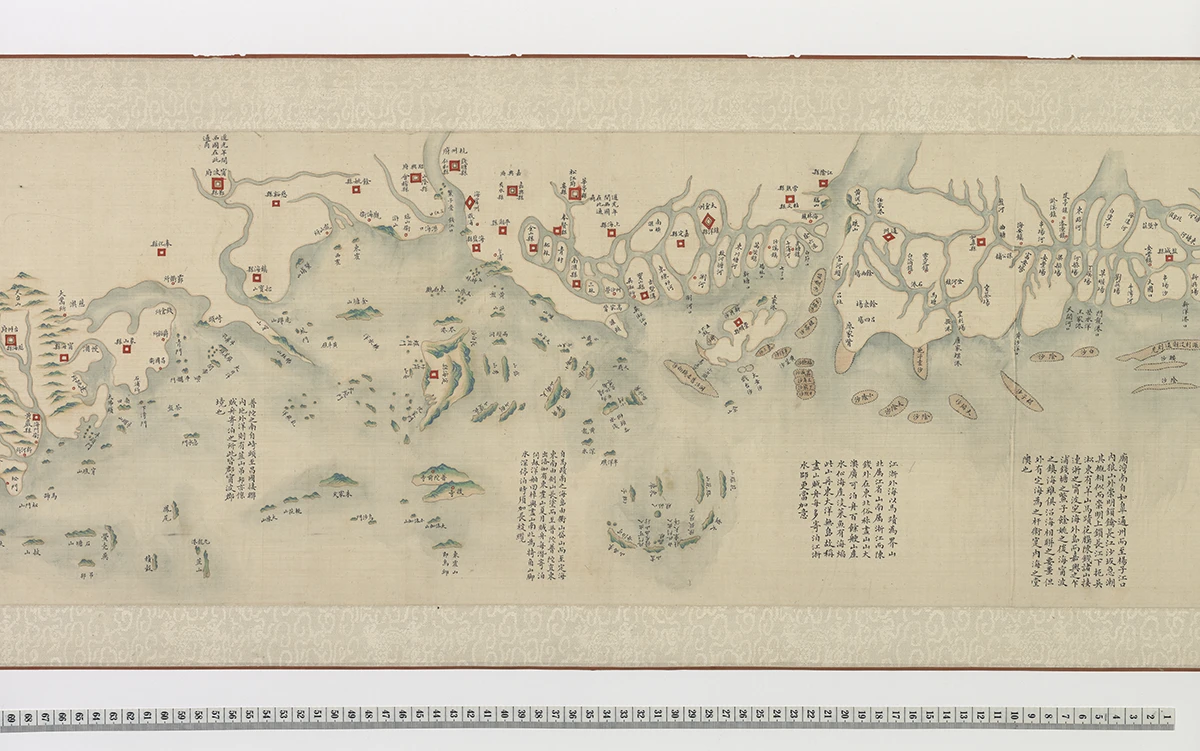
Leroy and Papillaud – Vietnamese script and German-language Mexico
Their first stop was Nice. They moved on to Milan to print the second issue of their newspaper, continuing to Messina. Each edition was printed in French and in the local language. From there, they traveled to Alexandria, then India (Bombay), then onward to Southeast Asia. On display in the exhibition is the issue they published in Hanoi, which includes a page written in Vietnamese with Chinese ideograms. In 1956, the communist regime advanced a cultural purge in the name of homogenization—language and tradition alike were standardized. Today, only a few dozen people in the world can still read Vietnamese in ideograms, making this issue of En Route at the Vatican Library an invaluable case study.
Afterwards, Leroy and Papillaud journeyed to China and then Japan, printing newspapers everywhere they went. From there, they crossed the Pacific to California. Until that point, their issues mainly featured illustrations; in the United States, they discovered photography. In those days, taking a photograph demanded long exposure times—eight hours for a single shot. Their fourteenth and final edition, produced in Mexico, was in French, Spanish, Aztec, and English.
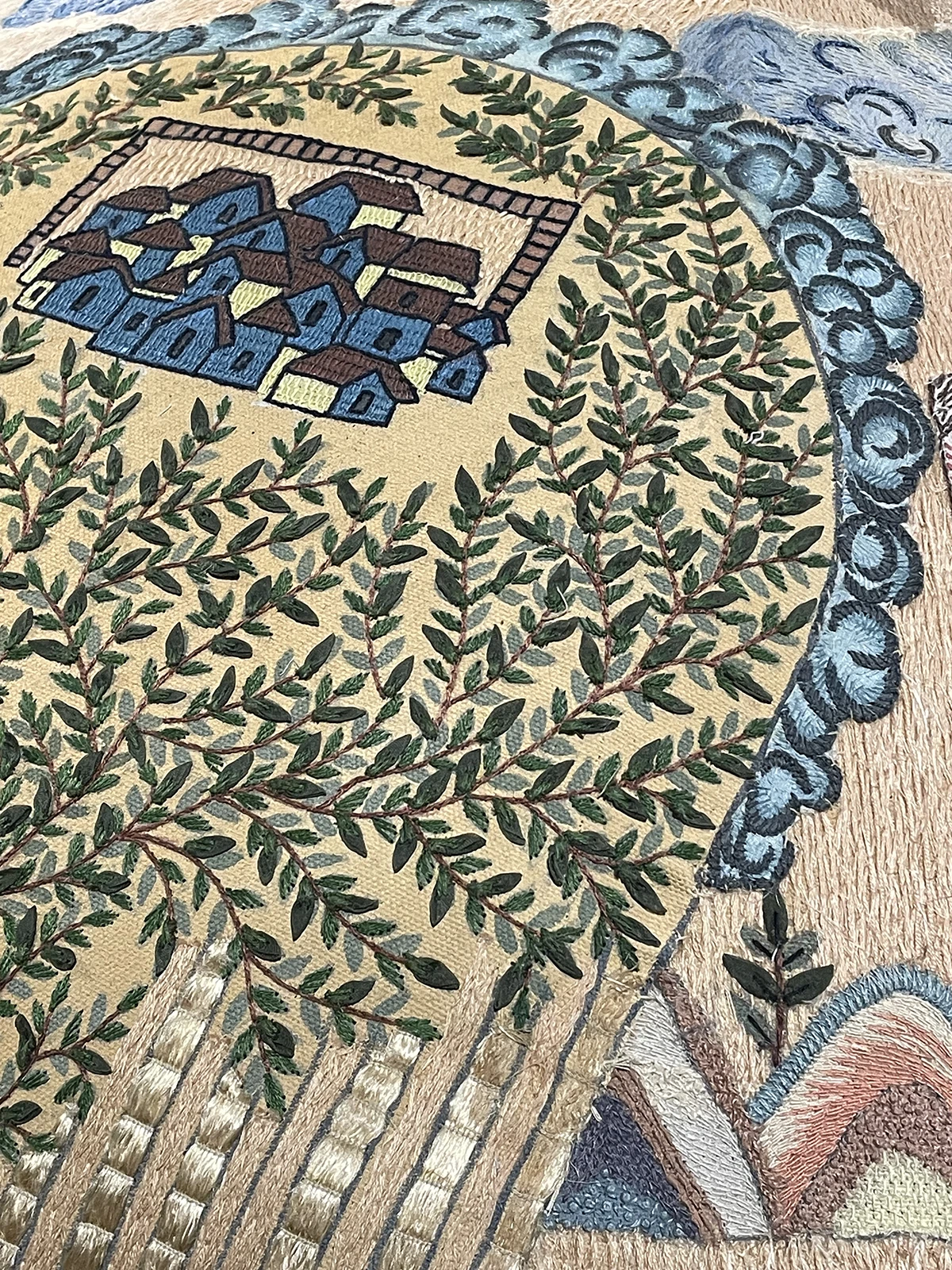
Vasudhaiva Kutumbakam (Sanskrit for “The World Is One Family”) celebrates textile traditions from around the globe, showcasing eighty-eight distinct artisanal techniques.
Antrik Vishwa (Sanskrit for “Inner Universe”) reflects the values and ethos of the Chanakya School of Craft. It expresses the artistic vision of artisans from the Mumbai-based school, offering a glimpse into their inner worlds. Many of these women and men, despite completing their studies, have rarely traveled beyond their local communities. By depicting vignettes of their homes, temples, and rivers, they invite us to reflect on the environments and traditions that shape their lives.
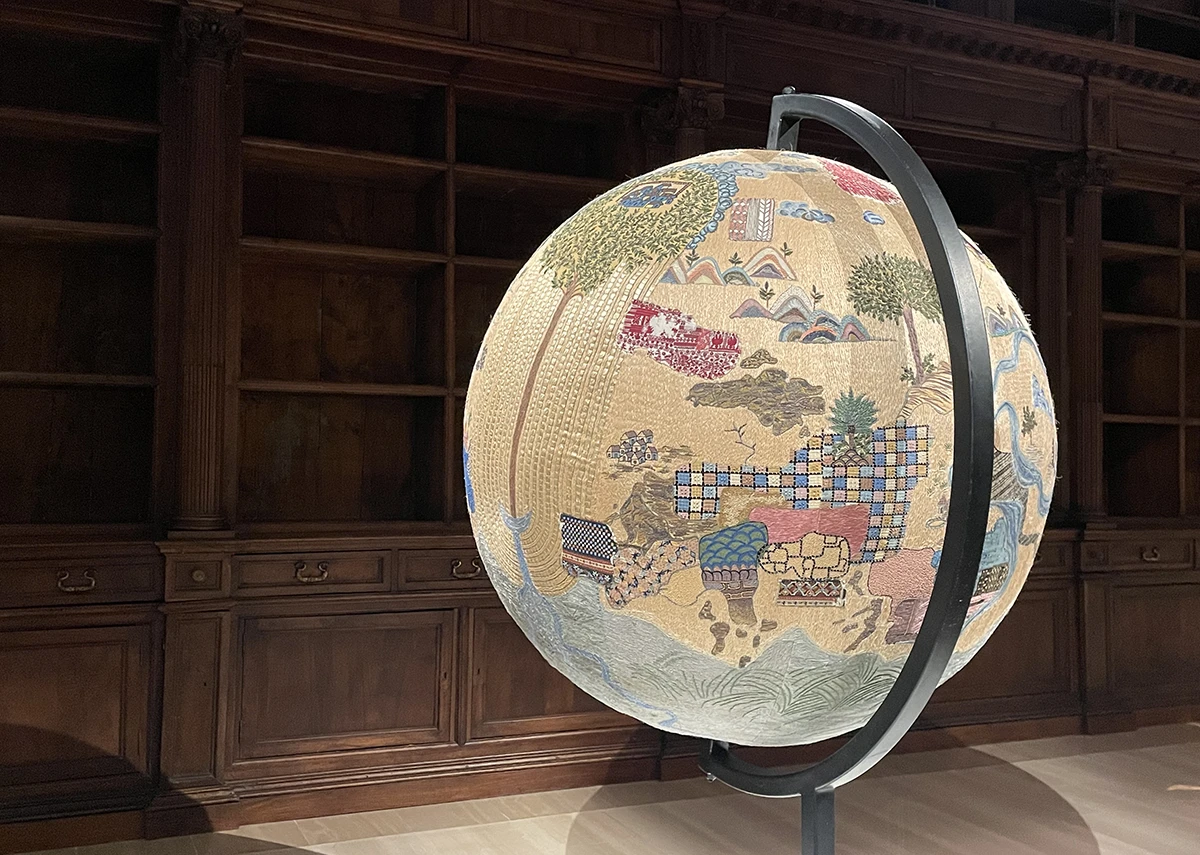
En Route and the Cesare Poma Archive: Dior’s Scholarship
Fourteen issues of En Route were released – but today, only five are known. Here at the Vatican Library, as part of the Poma Collection, there are three. Among these three, we have the fourteenth issue, the last one which enabled the understanding of the entire story of the journey. Curators at the Vatican Library have uncovered episodes related to late-19th-century independence movements, which later faded from historical memory. The Maison Dior contributed to establishing a scholarship that will fund the study of the Poma Archive—a trove of newspapers featuring myriad languages and linguistic cases. Scholars from around the world will be needed to decipher them.
A 12-Meter Parchment and Kristjana S Williams’s Panels on Cesare Poma’s Travels
Also discovered in Cesare Poma’s archive was a silk scroll approximately 12 meters (almost 40 feet) in length, painted by hand. Three meters of it are on display. It remains unclear why Poma possessed this piece; it may have been a diplomatic gift. Dated roughly between the 1860s and 1890s, it depicts the coasts of China—spanning from the Yellow River Delta to Macau. Its use of yellow paint and gold leaf indicates it was meant for high-ranking individuals. In detail, it marks sandbanks that could imperil ships, serving as a navigational guide for a lengthy voyage.Three panels by Icelandic artist Kristjana S Williams are mounted in the antechamber corridor leading out of the reconstructed Poma study. Commissioned specifically for the En Route exhibition, S Williams traveled to Rome to explore the Library’s collection.
She immersed herself in the periodicals Poma gathered and followed in his global footsteps. She created her works in her signature style: layered, three-dimensional collages composed of paper silhouettes and miniatures pinned in place. In these three panels, she envisions Cesare Poma’s journeys, including a glimpse of Miramare Castle in Trieste, where Poma once served as Italian consul under the Austrian Empire. The artist collected hundreds of elements—a Chinese coin, a compass, butterflies, and an astrolabe—sourced from engravings in various Vatican Apostolic Library holdings and encyclopedias of 19th-century transportation. S Williams transformed them into a fantastical travel narrative.
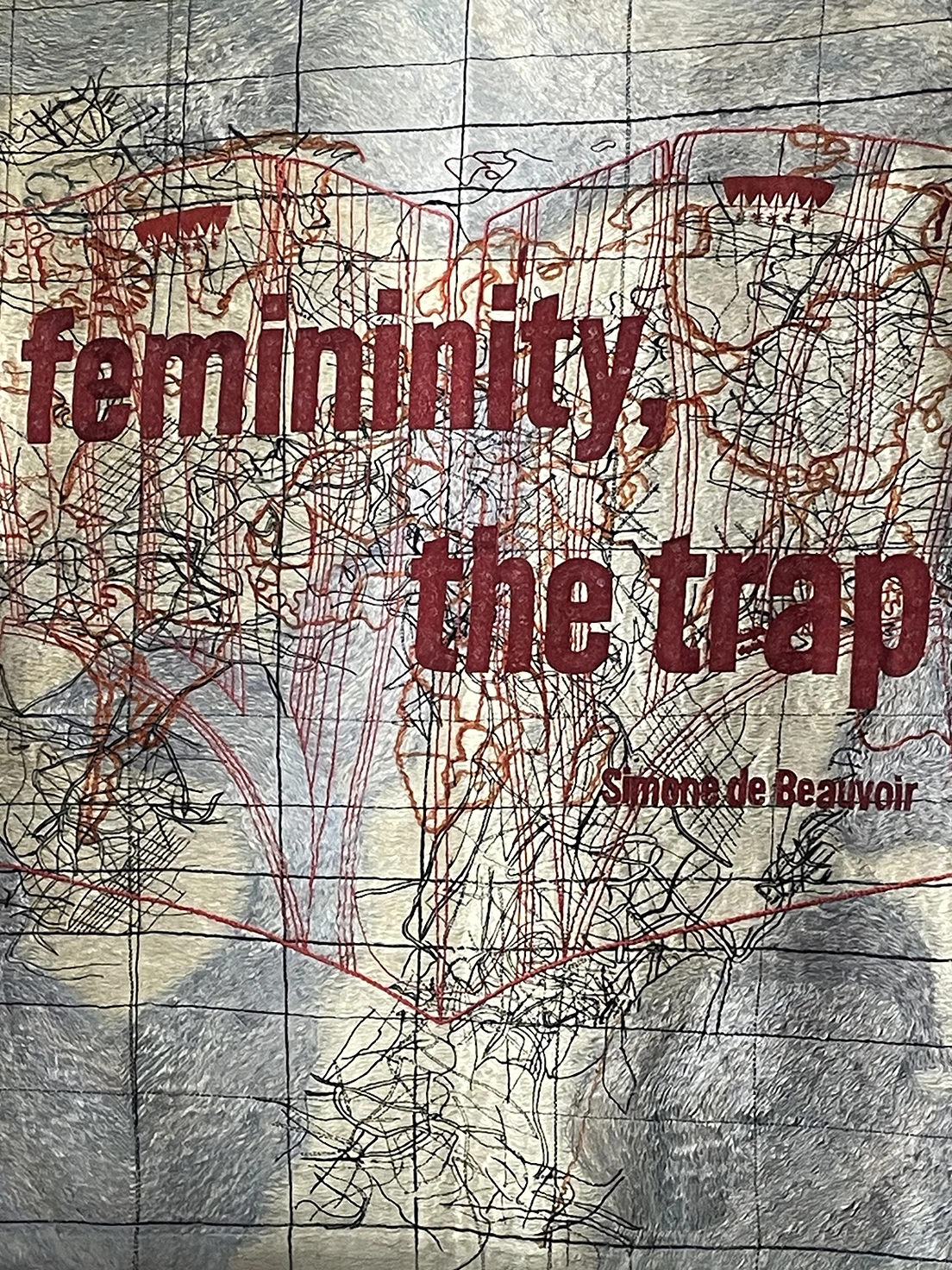
Who Was Nellie Bly?
Nellie Bly was an American journalist who, in late 1889, set out to accomplish what Jules Verne had imagined some twenty years prior. In fact, she wanted to surpass Jules Verne’s schedule: instead of traveling the world in 80 days, she would do it in 72. On display at the Vatican Library is a Game of the Goose board, and in its upper right corner appear Jules Verne and Phileas Fogg, alongside a droll “Goodbye,” as if to say they would be reunited upon her return—because Nellie Bly traveled even faster than they did.
“It’s an impossible endeavor for you. First of all, you are a woman and will need a chaperone, and even if you could travel alone, you would have to carry so much luggage that it would hinder you during quick transfers. Furthermore, you only speak English, so there’s no point in discussing it; only a man can do it.”
“Very well,” I replied, furious. “Send a man, and that same day I will leave for another newspaper and beat him.”
Such were some of Nellie Bly’s words. At the time, a common assumption held that traveling was an endeavor for men alone. Yet in the late 1800s, women grew increasingly defiant and went off exploring. In a world where women, to achieve cultural recognition or to participate in scholarly circles, often had to claw for it, female journalists and academics were keenly aware of their minority status and fought to rise above it.
The Victorian Woman and Paper Patterns in the 1890s
The Victorian woman was largely confined to her parlor, passing the time in socially acceptable pursuits. Fashion magazines circulated fabric swatches and included paper sewing patterns that could be detached and used. Ladies would cut out these patterns and create the latest styles. Women couldn’t typically visit museums without a male escort. Access to social, economic, and intellectual spheres was severely limited. We find ourselves in the 1890s, precisely when the journalists of En Route were active—those same issues unearthed in the Poma Archive. The exhibition continues in the Barberini Room (so called because part of the library from Palazzo Barberini is reconstructed there).
Maria Grazia Chiuri, Linen and Hemp Panels as Parchment for Embroidery
Maria Grazia Chiuri has revisited those very fashion magazines, in which upper-class women once found themselves trapped in unfulfilling domesticity. She has expanded the scope of these Victorian patterns, interweaving historiography with a call to social engagement. The base material is a blend of linen and hemp, reminiscent of parchment. Upon this base material, embroidered lines inspired by those same Victorian paper patterns erupt into itineraries on a travel map. The suggestion is that Victorian women’s journeys might well have sprung from the sewing patterns that sat on their late-19th-century parlor shelves. The parallel here is between geography and dress patterns: journeys through world history on one hand, and on the other, the cuts of cloth meant for the human body. A dreamlike, almost delirious assumption—where embroidery becomes poetry, transforming a needle-and-thread craft into the wider world. This is the approach Maria Grazia Chiuri has taken as Dior’s creative director.
Maria Grazia Chiuri and Karishma Swali, Director of the Chanakya Foundation
An embroidered line can itself be a journey. The hanging panels are tapestries, displaying exploded dress silhouettes over an imagined geography. At the center of the Barberini Room, a trunk contains garments on hangers. Next to it stand two globes, both adorned with embroidery that mark cultural influences and map out the craft’s historical lineage. The installation was created by Maria Grazia Chiuri in partnership with Karishma Swali, Director of the Chanakya Foundation.
Femininity, the Trap – Simone de Beauvoir and Maria Grazia Chiuri: A Reflection on Female Identity
Femininity, the Trap is the title of an essay by Simone de Beauvoir published in 1947. Femininity, the Trap appears embroidered on the central panel in the Barberini Room. We know that Maria Grazia Chiuri’s intellectual framework is grounded in reflection on female identity. Borrowing de Beauvoir’s title, she presents both a dedication and a summation, using fashion as a political lens to jar us awake, to shake up the world. It raises questions of the female body—overly commercialized, at times—alongside new forms of sexuality and gender. It calls for a plurality of viewpoints that modern society must learn to embrace.
It is a call to women everywhere to reexamine ingrained notions. De Beauvoir dissected the language used to describe women—terms that may appear positive yet often contain an implicit diminution. For instance, calling a woman “intuitive” can seem complimentary: an intuitive person grasps her context at once. It can also suggest a superficial approach, a readiness to settle for impressions without critical thinking. In such usage, the word “intuitive” can subtly undermine a woman’s analytical capacity by implying that she lacks depth.
In this library space—the Barberini Room, now devoid of books—within the context of an exhibition hosted by a world-renowned bibliophilic institution like the Vatican Library, Maria Grazia Chiuri invites us to question our language – that means: to question our broader personal journeys. She suggests we pause and reconsider the very words we habitually use. True progress rests on study—on re-reading traditions anew.
Carlo Mazzoni
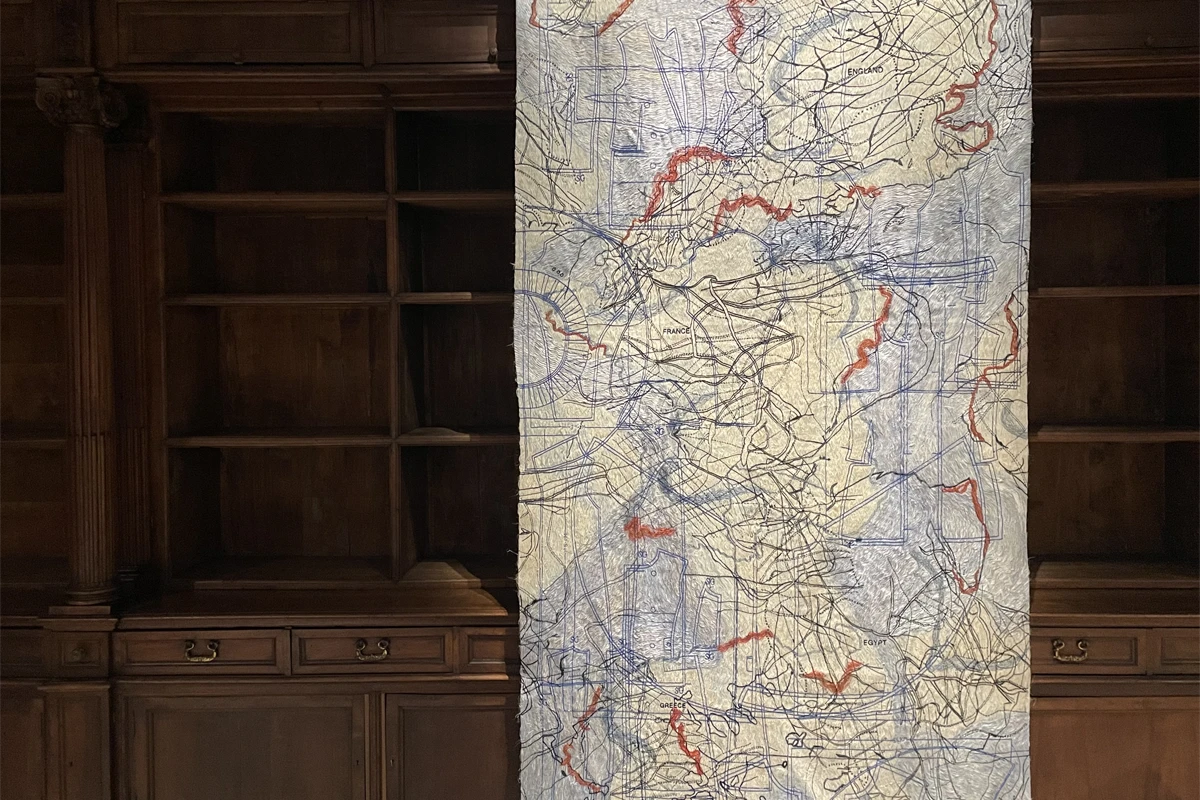
En Route
Traveling with Lorenzo Jovanotti Cherubini, Maria Grazia Chiuri, and Kristjana S Williams
February 15 – December 20, 2025
Vatican Apostolic Library, Vatican City
Exhibition curated by Giacomo Cardinali, Simona De Crescenzo, Delio V. Proverbio
Supported by Dior
For visiting details and dates
Further Details
The exhibition En Route is a global project illuminating connections among textile traditions and techniques that speak the universal language of craftsmanship. The works on display draw parallels, such as between Indian ikat and Japanese kasuri weaving; between Indian block printing and French toile de Jouy or traditional Turkish fabrics; between the geometries of Peruvian backstrap weaving and Ladakh’s thags-cha weaving.
The entire exhibition begins with an intellectual welcome from Italian songwriter Lorenzo Jovanotti Cherubini in the atrium leading to the Library’s first floor. Here, he displays his travel instruments—books and drawings forming a personal travel log, reassembled for En Route:
“In Havana, I found echoes of early 1970s Rome, where I grew up: those bright blue afternoons, the sparse traffic, people fixing things before buying anything new. I felt as if I’d suddenly tripped over some hidden root in the ground, only to realize those roots were my own.”

